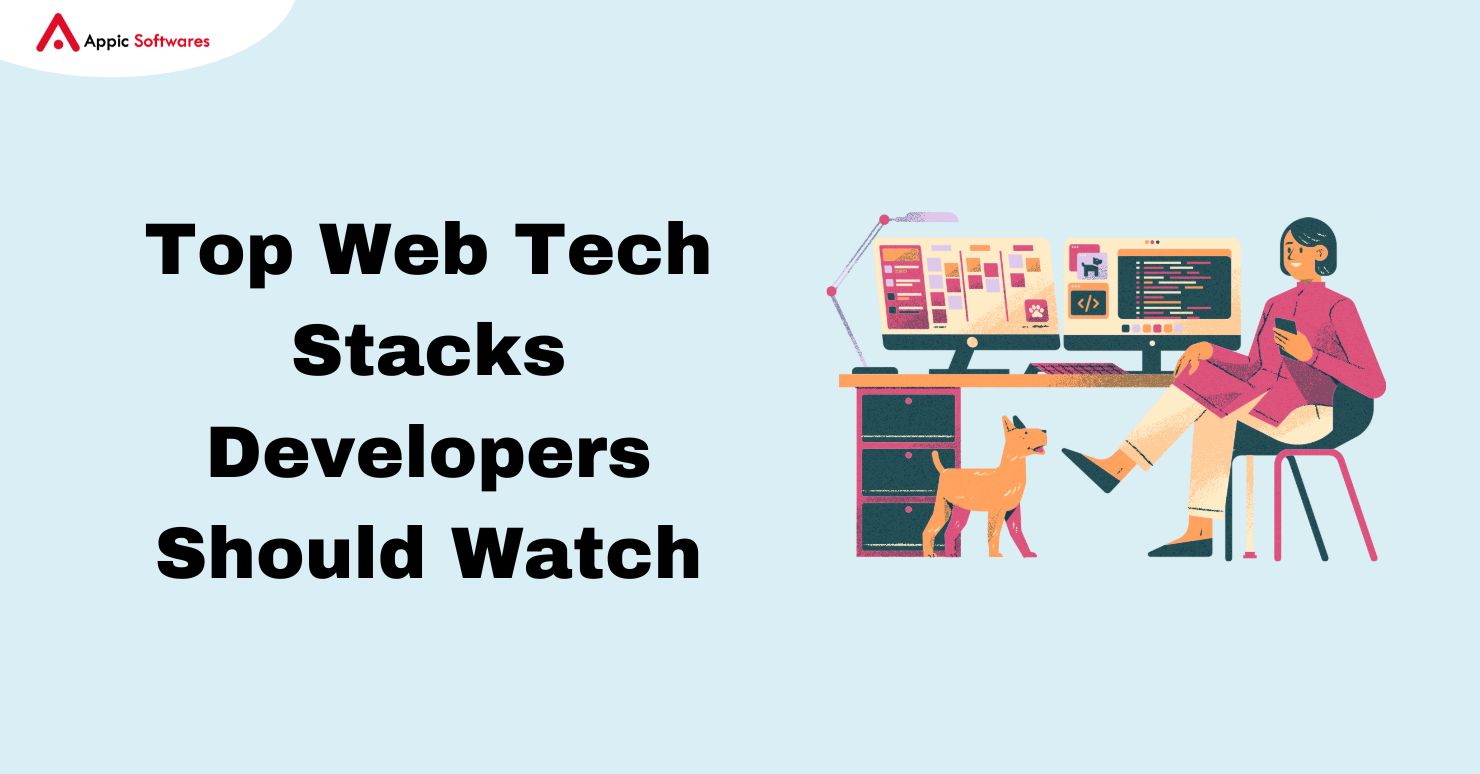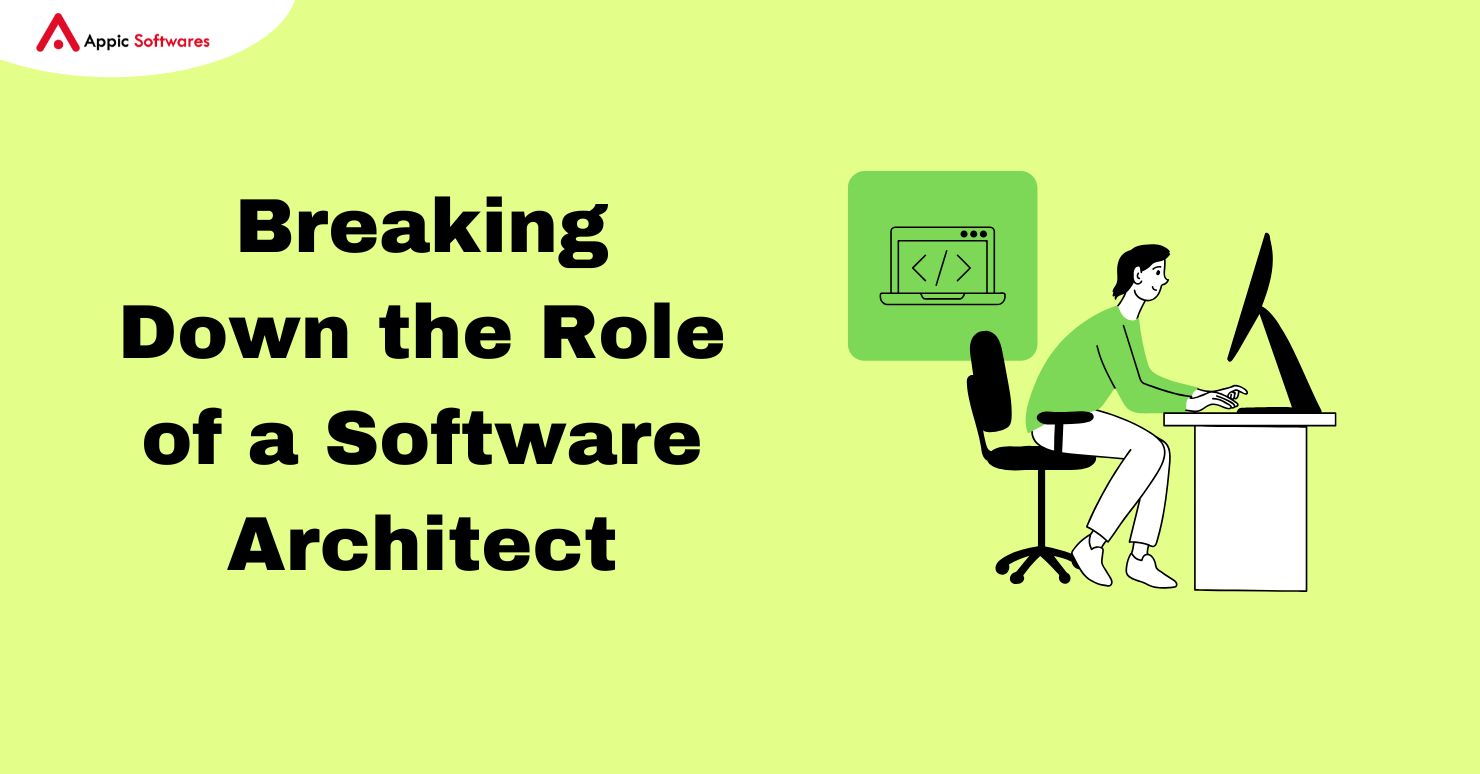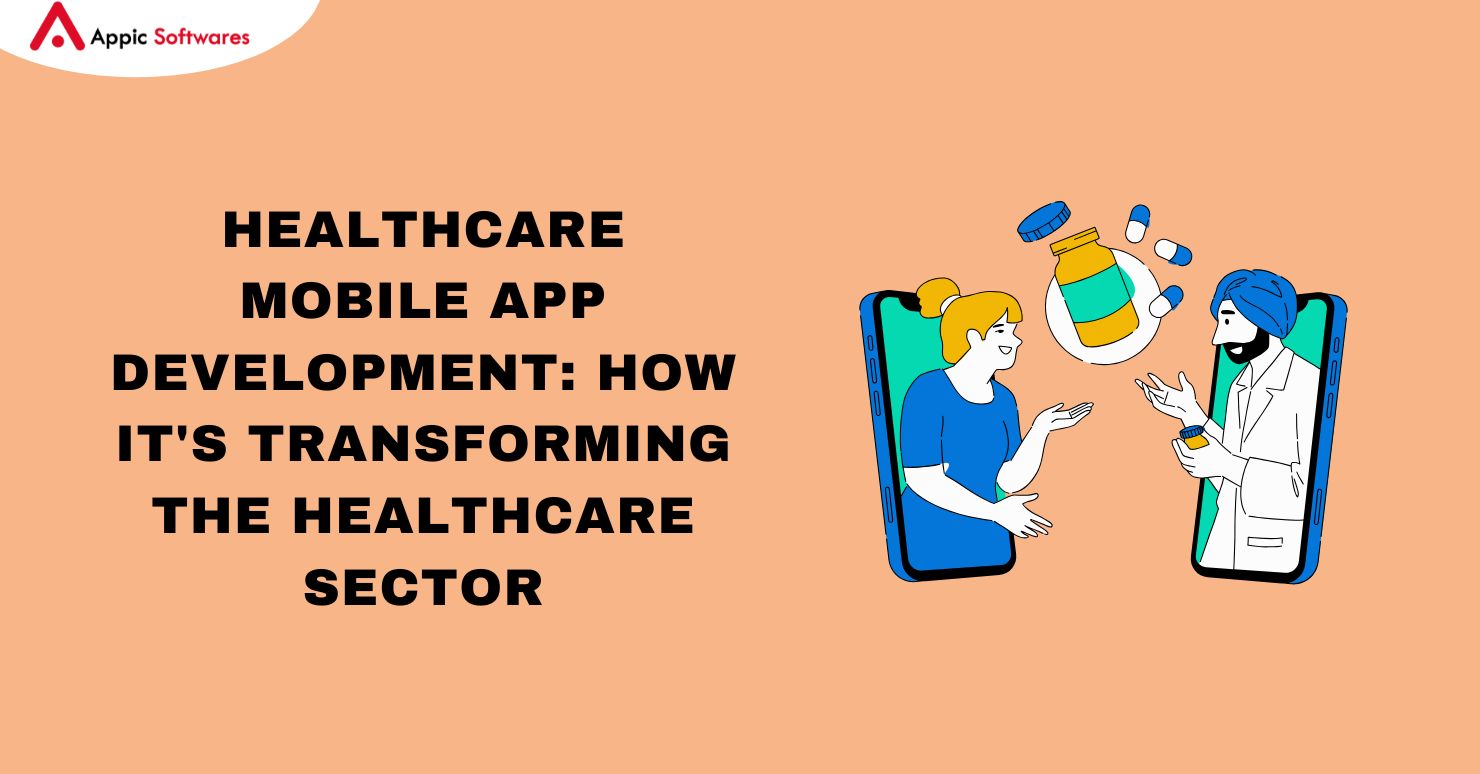
The oversaturation of the vacation rental market has received a lot of attention. The market for vacation rentals is now just 10-15% owned by a giant like Airbnb. This gives other firms room to create an Airbnb clone app for 40–50% of the market. In reality, this creates a sizable opening for another unicorn to upend the travel sector.
Let me give you a little explanation of my motivation for creating this article before we get too deeply into it. After working with several businesses, I am aware of how difficult it is to develop tech startups, thus my goal was to reduce the technological barrier for entrepreneurs. Whatever service your app is aiming to offer, the technology lessons will keep it running smoothly and satisfy your users.
Even in its most basic form, an app like Airbnb will enable hosts to post their houses and visitors to search properties according to location. Additionally, visitors should be able to reserve lodging and pay online.
Additional features like in-app chat for host-guest communication and a review/rating tool for both hosts and guests can be added on top of that. Let’s go over the aspects that you’ll need to include in your MVP.
What Distinguishes A Typical App From One Like Airbnb?
What distinguishes a typical app from one like Airbnb? Businesses and startups typically start with the above diagram, however, if you are developing the final specifications of your application, be sure to align them with your feature checklist:
- Register a new account and log in: A referral from Facebook or email, notification, payment options, transaction history, booking history, wishlist
- User profiles, evaluations, and suggestions
- Search capabilities: Search by destination, arrival, and departure dates, the number of guests, the price slider, and the type of property.
- Messaging: Separate inbox for Host and Customer.
- Host: A host can manage listings, make reservations, and enforce policies.
- Identifying Information for Customers and Hosts: to guard against fraud and for security reasons
How Does A program Like Airbnb Operate?
The typical booking process for an app like Airbnb looks like this:
- A host provides information about their home, including the cost, restrictions, amenities, and even local attractions.
- On the app, a user looking for a vacation rental looks for a place. with certain keywords that show them the result according to a search radius, a destination, a price range, and options.
- After discovering the ideal rental property, a user submits a booking request.
- After receiving a booking request, the host determines whether to accept it or not.
- If a host grants a request, a payment gateway will request money from the user’s bank account.
- As per the stay duration, the host is automatically given the payment details.
Now that “the obvious” has been covered, let’s look at the tech stack these apps are based on and discuss how you can use my 10+ years of experience architecting such applications to create your app.
Technology Stack For An Airbnb-like App
You require part or all of the tech stack listed below to create an Airbnb clone app.
- Swift, Kotlin, or Javascript as a programming language
- Frameworks for the front end: Angular, React.js, and Express.js
- Backend frameworks or technologies include Ruby on Rails, Django, Node.js, and Meteor.js
- Technologies on the server side include AWS, Azure, OpenStack, DigitalOcean, and Google Cloud Network caching services including Nginx and Redis.
- Databases: PostgreSQL, Cassandra, MongoDB, MSSQL, Azure DocumentDB, and MySQL.
Architecture For An App Similar To Airbnb
I was able to develop fast-running code from the beginning and increase its efficiency. Guess what, though?
The two terms “system level architecture” and “writing efficient code” are highly unlike. While the latter calls for thinking outside the box, the former calls for thinking inside it.
When several services are interacting, it is impossible to predict where a failure may occur. Remember that failure is inevitable. Anything outside of your direct control (such as third-party services for payments, email, etc.) has a chance of failing, and if it does, your core services will likely collapse along with it. Hence the difficulties!
I’m creating an architecture right now for the things we discussed. Without delving into why this design is so fantastic, allow me to describe some actual business problems that this architecture will help to resolve in this situation:
- Users are more likely to utilize “search” than to make a reservation. You must guarantee that the search is effective while also preventing the booking functionality of your app from being affected by a search service failure. If I were to prioritize, I would put booking first because it is a fundamental function.
- The two-way motorway of chat. However, in this scenario, an API won’t be able to manage chat, search, and booking all at once. Typically, we talk about developing an API (which helps your app interface with cloud applications and databases). Remember that chat is a real-time, single-threaded (jargon!) operation that uses a lot of resources. A separate queue service that schedules messages and communications with chat services must be developed.
- Payment gateways, verification services, customer support, and other third-party services frequently experience service interruptions. Unfortunately, 90% uptime is insufficient. However, this has a chain reaction. For instance, catastrophic failures frequently bring the entire system to a halt in badly developed apps. There is no reason for your listing search to not function, for instance, if your chat service provider is offline. That seems like a badly designed technological element to me.
- What happens if a host uploads information about their property to the app and just hits the “submit” button when they simultaneously lose internet connection? The hours that he or she spent adding the photographs, descriptions, titles, and other details are now lost. Although web forms may be user-friendly, mobile forms are not simple to complete. Someone just spent 20 minutes filling out information on your app that has since vanished. The probability is that you will lose the user.
These are a few of the significant technological and commercial architectural problems that an app like Airbnb might face.
There are even more intricacies, such as developing microservices and architectural patterns, but keep them to yourself for the time being. All you need to do is come up with a straightforward, scalable MVP solution that can allow your firm or organization to pivot when necessary without breaking the bank.
Let’s go to how to design your architecture.
- First, let’s build a user for the app and a backend for that user.

- Second, Let’s segment the backend of your program into actual services and functionalities. We segregate services and functionalities that might crash into one another by doing this. We want to isolate all third-party services because, as I’ve already stated, we have no control over them.
- A search engine
- Scheduling services
- Payment options
- Services for offline-online synchronization
- Auxiliary services
- Chat rooms
So, this is how your step 1 architecture would seem in an evolved form:
- Third, Recognise that your online and mobile app consumers will interact with your cloud application/backend services utilizing various channels (in our example, APIs). This division was suggested by me because it is necessary to avoid API-level failures. By doing this, you may guarantee that your online app still accepts reservations even if your mobile app doesn’t.
The evolving architecture is as follows:
It looks awesome, doesn’t it? However, this is where a software architect would become more specific. Remember that this procedure is comparatively straightforward; only a lack of familiarity with open-source software prevents everyone from following it.
Let’s proceed to step 4 and examine the potential future of this architecture.
- Fourth, Let’s define the components in more detail at this point.
For your API services, you have the following choices:
- The majority of the already established APIs use REST.
- REST APIs are slated to be replaced with GraphQL.
1) Reservation services
Any of the following programming languages can be used to create the booking services:
- Javascript (node.js)
- Python PHP
A MySQL database houses the booking-related data (booking history), providing dependable data storage for booking-related events. If a database server goes down, a user who just booked a property won’t be able to check the status of his reservation, and there’s a good probability that the reservation never happened.
2) Chat and search engines
In the parts that follow, you can learn about how to design a successful search, but for now, I want to focus on how Search is used differently from other services. Users of your software would rely on chat and search more than the majority of other features.
I have distinguished between the search and chat services, as you can see in the figure below. In contrast, to chat services, which I recommend using a queue service like Amazon MQ or any of the third-party services we’ve listed below, search services are accessed using API services.
- Fifth, We are still not successfully addressing offline-online synchronization. The absence of offline support is one major weakness in the architecture as a whole. We can utilize Firebase, Realm, or Couchbase to store data locally until the user’s mobile device is back in the network to manage this successfully on mobile. Similar to how you can construct simpler services to manage offline storage for the web app.
Amazing Features To Astound Your Users
You currently have a functioning app that scales to 100,000+ users, runs without interruption, and is adaptable enough to handle any changes you would need to make to achieve product-market fit. Let’s work to enhance your app’s functionality and user experience now that you have a strong base in place. We’ll discuss how to incorporate features into your app that will excite users.
I’ll talk about the following characteristics:
- User authentication
- Booking features in the app
- Comparison between several listings
- cancellation of a trip
- internal calendar
- Integration and management of payments
- Geolocation-based experiences for AR and VR
- Chat capability of an application
- single-page apps with SEO optimization
To Create A Safe, Spam-Free Software, Use User Verification.
Establishing and upholding a trustworthy atmosphere is the most crucial component of your travel application. Both the security of the host and the travel experience of the guest depend on it. Here, we’ll learn how the verification procedure is put into practice for both hosts and visitors.
Users’ online and physical identities must be confirmed when they register to designate their property as a Host. As permitted by applicable regulations, Airbnb gathers identity verification data such as pictures of identification documents from the government, such as a passport, national ID card, or driver’s license.
You must request that users upload photographs of their government identification, selfies, or scanned headshots to verify their identities. Additionally, you must compare the user’s image to the document image to ensure that they are the same. A user’s identity document must be validated using machine learning technologies using a facial image.
Utilizing technologies from outside sources to confirm the identification
In my opinion, identity verification ought to be required from the very beginning for the vast majority of on-demand apps. The explanation is rather straightforward: it’s risky to rent out your pricey real estate to someone you just met online.
The good news is that doing that won’t set you back a lot of money!
You may easily add automatic identity verification within your app by using services like Jumio, Shufti Pro, Onfido, and other companies. Your investors would adore that, I bet!
You can choose the best identity verification service using the table below:
Improve The Booking Process And User Experience

An extensive program like Airbnb has a challenging user interface. The standard booking process with an app similar to Airbnb looks like this:
The guest should be able to reserve the host’s property for rental purposes as soon as the host signs up and activates his listing in your app. This necessitates adding a booking feature to your app.
Examine Instant Booking
Do you know that over 50% of Airbnb hosts have switched from the standard booking function to instant booking? This occurred in 2016.
Instant booking was introduced by Airbnb in late 2017 and quickly gained popularity as owners’ preferred method of renting out their properties.
How Does It Function?
Normal booking functionality requires the host to consent to any booking requests for his or her property. They frequently take their time to accept or reject, which either results in a cancellation or a bad experience.
You can allow your hosts to reliably offer their homes for an instant booking option with identity verification services set up, and a user can book them instantaneously!
This is one of the key reasons I believe that your software needs a proper MVP feature design. You must consider how one feature could enhance another, as well as how network effects and system architecture might improve your user experience.
The result could be both extremely basic and quite effective.
If you need some inspiration, this is one of Airbnb’s standout features. If you’re curious, read the section below to learn the straightforward maths that underpins their Instant booking filter.
Instant Booking is used for two out of every three Airbnb reservations.
The mathematics underlying Airbnb’s Instant Booking Capabilities
Airbnb decides on the fly whether to provide quick bookings to a user or not. They also want to increase the number of reservations that are made.
On Airbnb, they generate two ranking scores for each search:
- Each search is assigned a Search Score.
- For a score
Airbnb decides on the fly whether to provide quick bookings to a user or not. They also want to increase the number of reservations that are made.
Top two factors:
- Seasonality
- Moreover, what platform is the user utilizing to access the app?
The main objective of Airbnb is to boost Instant books while maintaining a high booking score. To maximize rapid booking, we ultimately arrive at an equation that looks like this at its core:
Airbnb automatically activates the quick search filter and notifies users with a tooltip when the search score determines that a user search is qualified to be a part of the quick booking.
Conclusion
Now, In the end, we hope that through this post you were able to gain knowledge on how to create an app like Airbnb. Here we have mentioned the best steps that you can take to build app an like Airbnb.
However, if you are looking for a company that can help you to create an app like Airbnb, then you should check out Appic Softwares. We have a readymade solution for Airbnb that you can purchase from us and get your app running at a quick speed.
So, what are you waiting for?








